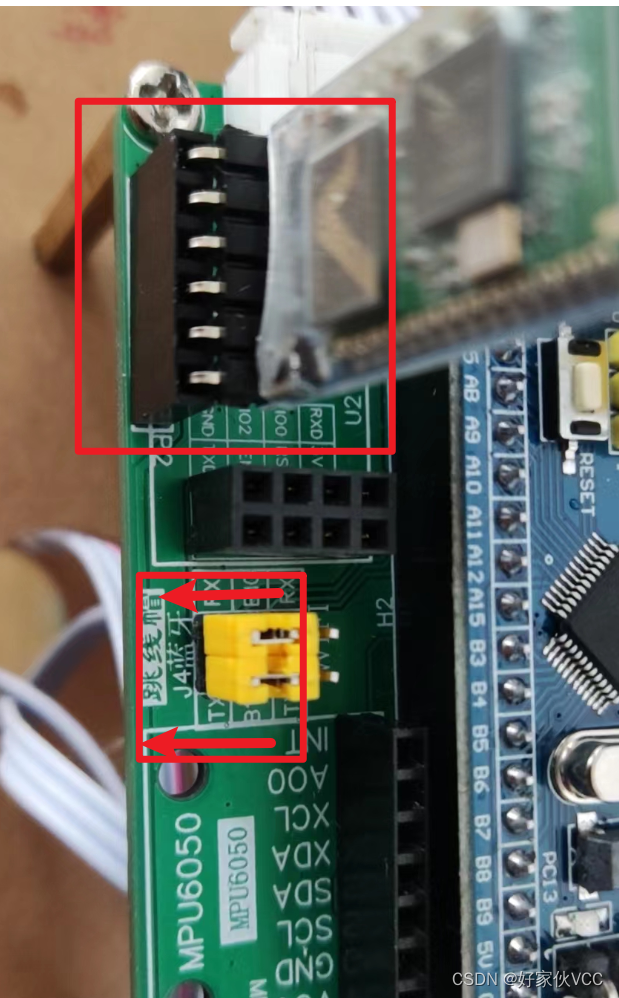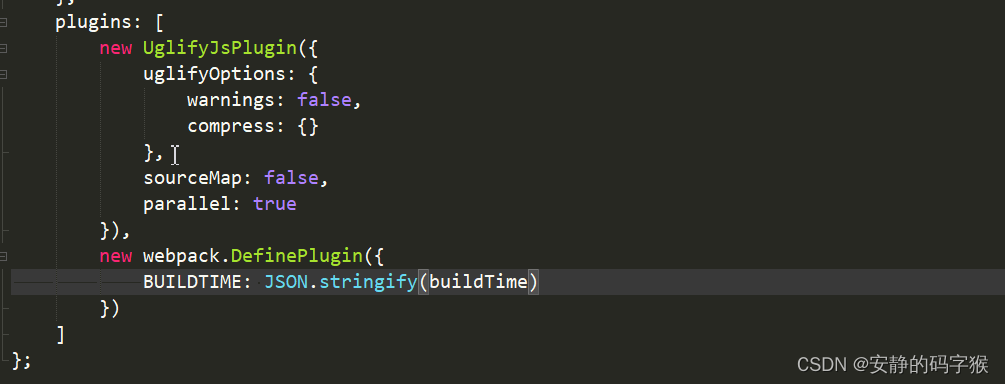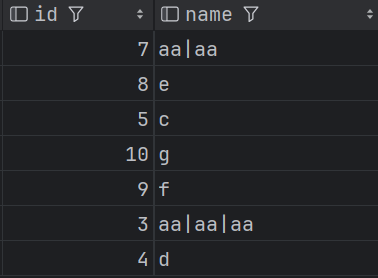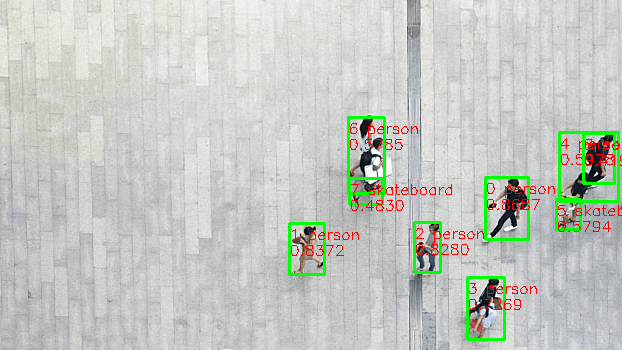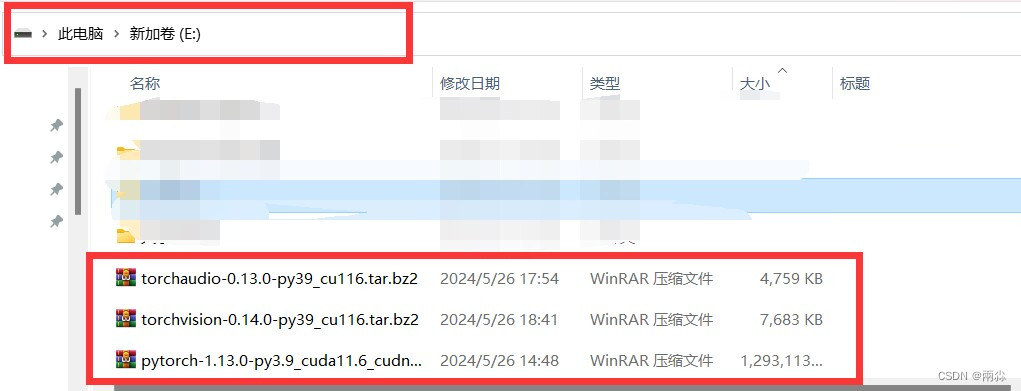📟作者主页:慢热的陕西人
🌴专栏链接:力扣刷题日记
📣欢迎各位大佬👍点赞🔥关注🚓收藏,🍉留言

文章目录
- 牛客热题:寻找第K大
- 题目链接
- 方法一:使用C++内置sort
- 思路
- 代码
- 复杂度
- 空间复杂度
- 总结
- 方法二:优先队列
- 思路
- 代码
- 复杂度
- 方法三:快速选择算法
- 思路
- 代码
- 复杂度
牛客热题:寻找第K大
题目链接
寻找第K大_牛客题霸_牛客网 (nowcoder.com)
方法一:使用C++内置sort
思路
代码
template<typename T>
struct greater
{
bool operator()(const T& a, const T& b)
{
return a > b;
}
};
int findKth(vector<int>& a, int n, int K)
{
sort(a.begin(), a.end(), greater<int>());
return a[K - 1];
}
复杂度
时间复杂度
sort函数使用的是 C++ 标准库中的快速排序(通常为 Timsort 或者是混合了快速排序、归并排序和插入排序的算法),其平均时间复杂度为 O( n l o g n n log n nlogn)。- 访问数组中的第 K 个元素的时间复杂度为 O(1)。
综合起来,函数
findKth的时间复杂度为:
O( n l o g n n log n nlogn) + O(1) = O( n l o g n nlog n nlogn)空间复杂度
sort函数需要额外的空间来进行排序。对于 Timsort,额外的空间复杂度为 (O(n))。- 代码中没有使用其他显著的额外空间,因此额外的空间主要来自排序算法本身。
因此,函数
findKth的空间复杂度为:
[ O(n) ]总结
- 时间复杂度: O( n l o g n nlog n nlogn)
- 空间复杂度: O( n n n)
这是因为
sort函数在最坏情况下需要线性的额外空间,同时进行排序的平均时间复杂度为 O( n l o g n n log n nlogn)。
方法二:优先队列
思路
- 定义比较器
greater:用于将优先队列构造成最小堆。 - 初始化最小堆优先队列
pq。 - 遍历数组
a中的每个元素:- 如果优先队列大小小于 K,直接推入元素。
- 否则,比较当前元素与堆顶元素,替换堆顶元素。
- 返回结果:优先队列顶部元素即为第 K 大的元素。
代码
template<typename T>
struct greater
{
bool operator()(const T& a, const T& b)
{
return a > b;
}
};
int findKth(std::vector<int>& a, int n, int K)
{
std::priority_queue<int, std::vector<int>, greater<int>> pq;
for(auto& aa : a)
{
if (pq.size() < K)
{
pq.push(aa);
}
else if(aa > pq.top())
{
pq.pop();
pq.push(aa);
}
}
return pq.empty() ? -1 : pq.top();
}
复杂度
时间复杂度:O( n l o g K nlogK nlogK),优先队列的插入和替换堆顶都是O( l o g K logK logK)的时间复杂度
空间复杂度:O(K),我们要简历一个K个元素大小的堆
方法三:快速选择算法
思路
Partition函数:
- 类似于快速排序的分区函数。选择最右边的元素作为枢纽(pivot)。
- 遍历数组,将大于枢纽的元素移到左边,小于或等于枢纽的元素移到右边。
- 返回枢纽的位置。
QuickSelect函数:
- 递归地调用分区函数,并根据枢纽的位置与 K 比较,决定在哪个子数组继续查找。
- 如果枢纽的位置等于 K,则找到了第 K 大的元素。
- 否则根据 K 的位置选择继续在左子数组或右子数组查找。
FindKthLargest函数:
- 调用
QuickSelect函数来找到第 K 大的元素。注意传入的 K 需要减 1,因为数组索引从 0 开始。
代码
#include <vector>
#include <algorithm>
int partition(std::vector<int>& nums, int left, int right) {
int pivot = nums[right];
int i = left;
for (int j = left; j < right; ++j) {
if (nums[j] > pivot) {
std::swap(nums[i], nums[j]);
++i;
}
}
std::swap(nums[i], nums[right]);
return i;
}
int quickSelect(std::vector<int>& nums, int left, int right, int K) {
if (left == right) {
return nums[left];
}
int pivotIndex = partition(nums, left, right);
if (K == pivotIndex) {
return nums[K];
} else if (K < pivotIndex) {
return quickSelect(nums, left, pivotIndex - 1, K);
} else {
return quickSelect(nums, pivotIndex + 1, right, K);
}
}
int findKthLargest(std::vector<int>& nums, int K) {
return quickSelect(nums, 0, nums.size() - 1, K - 1);
}
复杂度
- 时间复杂度:
- 平均时间复杂度是 O(n),因为每次分区操作将数组划分成两部分。
- 最坏情况下时间复杂度是 O( n 2 n^2 n2),当每次选择的枢纽总是最小或最大的元素时。
- 空间复杂度:
- 空间复杂度是 O(1),因为是原地排序,没有使用额外的空间,递归调用的栈空间是 O( l o g n logn logn)(平均情况)。



